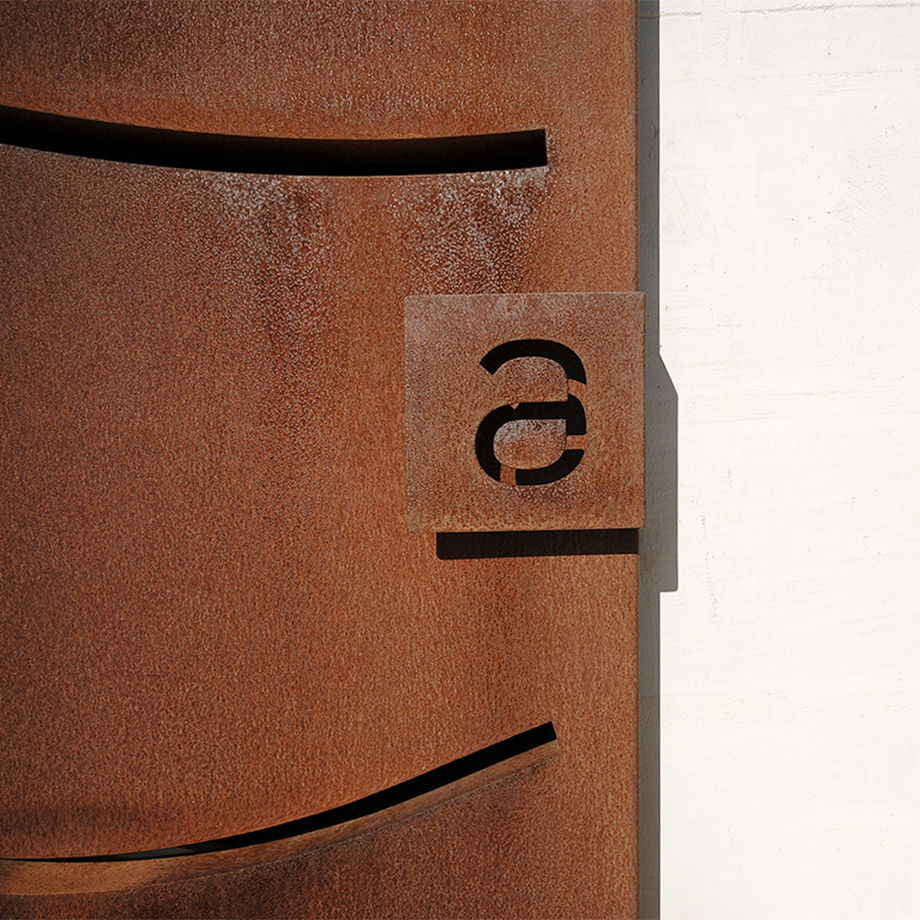The history of Masseria Amastuola:
a mansion built in the 15th century
The first existing document in which the Masseria is mentioned is an Inventory of the properties of Giovanni Antonio Orsini, prince of Taranto, written in the first half of the 15th century. In this document, the farm is listed among the assets of the Italo-Greek Abbey of San Vito del Pizzo in Taranto. In the 16th century, the farm was granted in emphyteusis and then sold to the nobleman Giovanni Ferrandino, who had it enlarged, in addition to acquiring the surrounding state-owned lands. In 1652, Giovan Vincenzo Ferrandino sold it for 2,000 ducats to the clergyman of Taranto Andrea D’Afflitto.
The most flourishing period of the farm
The Masseria (Farm) experienced its maximum territorial expansion in the 18th century, when it included part of the localities “Lo Sperduto” (which included lands of the farms of Accetta, Scardino, and San Giovanni) and “Arecupo”.
The D’Afflitto family obtained the concession for the exploitation of these lands in 1699, directly from the Mayor Domenico Antonio Broja, who granted them an annual income of only 6 carlins. Several years later, the management of the Farm was entrusted to Diego D’Afflitto, who squandered huge sums of money in gambling, marking, as a matter of fact, a period of collapse of the Farm.
It was only when Andrea D’Afflitto Junior took up the reins of the situation that the Farm finally experienced a period of recovery and prosperity. Andrea modernized the structures, added new outbuildings, jazzi (typical local masonry fencing system to keep sheep in) and a trappeto (a typical Apulian oil mill), as well as introducing new crops.
The transfer of ownership
from the D'Afflitto family
to the Montanaro family
In 1773, Andrea donated all his assets to Saverio D’Ajala of Taranto, in exchange for an annual life annuity of 1,200 ducats, to reciprocate the generosity with which the latter had supported his family in times of crisis. Following an afterthought, Andrea tried to get back into possession through appeals in court but, despite the judicial seizure of the Farm and despite the drafting of a will, whereby he ordered that the ownership should be restricted, the Farm remained in the possession of the D’Ajala family until the mid 20th century. The Masseria has been owned by the KIKAU Group (of the Montanaro family of Massafra) since 2003.
(Historical research by Prof. Cosimo Mottolese)
